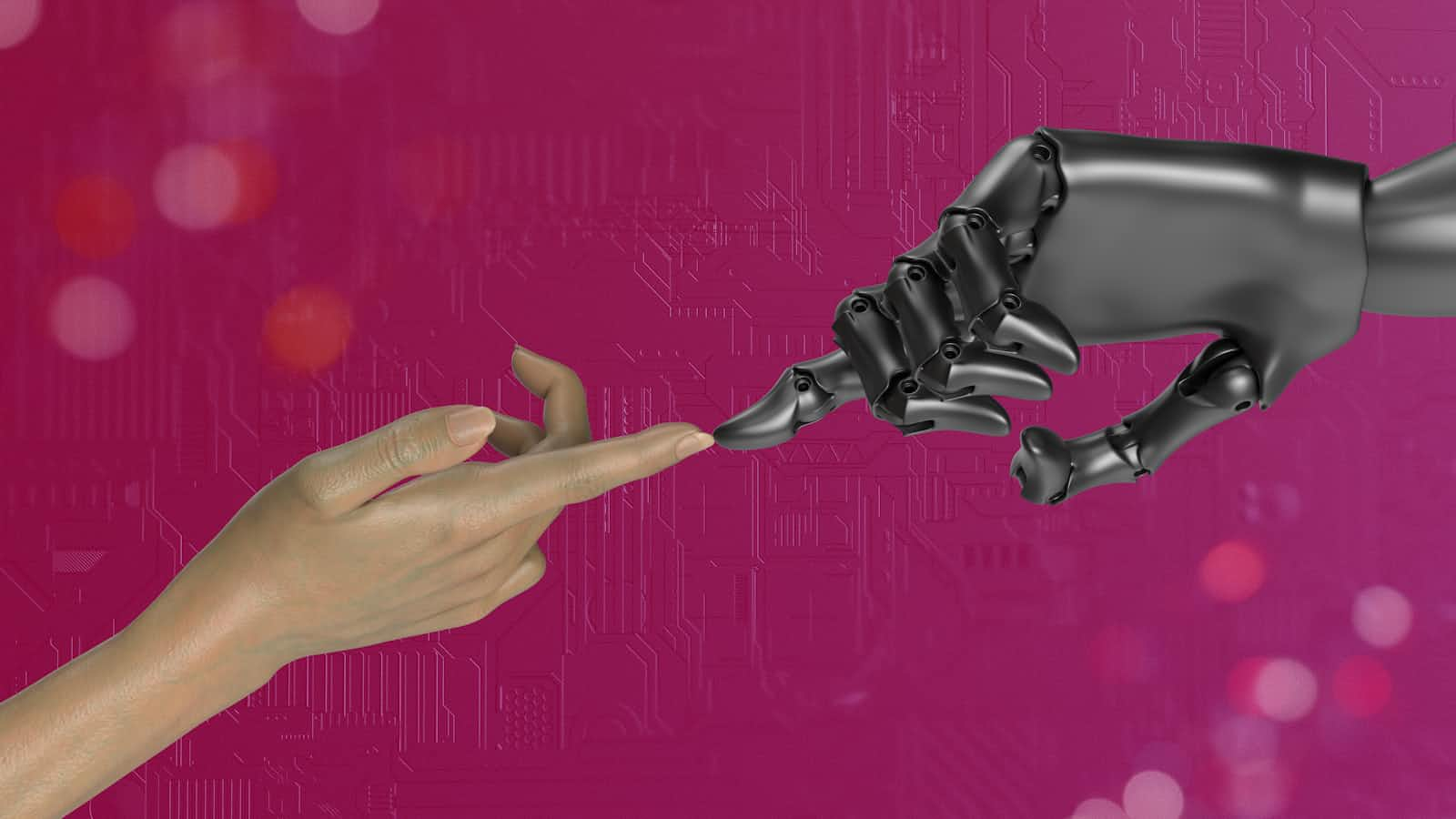Can AI really replace Human Intelligence?
 Jadesola Adeagbo
Jadesola AdeagboTable of contents

There’s been a lot of buzz around AI lately, especially with the increasing popularity of productivity tools like ChatGPT, Grammarly, etc. These tools have changed the way we work, write, and solve problems, offering new levels of efficiency and creativity.
However, with this progress comes a wave of speculation. Some experts predict that AI could achieve human-level intelligence as early as 2029, raising concerns about its impact on job security and the broader economy.
Can AI really achieve the level of intelligence that can fully replace humans?
Before we answer this question, let’s explore what Artificial Intelligence is:
What is AI?
Artificial Intelligence (AI) is the ability of machines to simulate human intelligence, enabling them to perform tasks like learning, comprehension, problem-solving, decision-making, creativity, and autonomy.
Capability-based types of AI
1. Narrow AI (Weak AI)
This type of AI is created to perform specific tasks. Examples are Siri by Apple, Alexa by Amazon, fraud detection systems, self-driving cars, etc.
2. General AI (Strong AI)
This AI aims to replicate human cognitive skills like learning, thinking and adapting like humans do. However, strong AI systems do not exist yet and are only portrayed in science fiction like the Turing Test and the computer program Deep Blue, which played chess matches like Star Trek.
3. SuperIntelligent AI
This represents the future of AI where it surpasses human intelligence. Like the strong AI, it is also speculative and does not exist yet.
Subsets of AI
AI relies on the following concepts:
1. Machine learning
Machine learning is the science of developing algorithms and statistical models that allow computer systems to perform complex tasks without explicit instructions. They are used in weather prediction systems, for example.
2. Deep Learning
This is a subset of machine learning that uses neural networks to mimic the human brain by recognizing patterns in data. Examples are image recognition systems.
3. Natural Language Processing
This technology enables machines to interpret human language. They are used in chatbots and translation services.
4. Computer Vision
This technology allows machines to interpret and analyze visual data. An example of this is the object detection system in self-driving cars.
5. Robotics
Robotic systems are a type of AI that control physical objects. Examples of this are the military robotic systems.
Applications of AI
Here are some of the use-cases of AI:
Decision Making: AI can process vast amounts of data quickly, identifying patterns and insights that would take humans much longer to discover, allowing faster and easier decision-making.
Automation of Repetitive Tasks: AI streamlines mundane tasks like data entry, scheduling, and email sorting, enhancing productivity.
Enhancing Customer Experience: AI-driven bots provide 24/7 customer support, resolving queries instantly and efficiently.
Enabling Smart Transportation: Self-driving cars use AI to navigate roads, reduce accidents, and improve mobility for people with disabilities.
Revolutionizing Education: AI tailors educational content to meet individual student needs, ensuring a more effective learning experience.
Strengths of AI
Efficiency and Speed: AI can process vast amounts of data and perform calculations far faster than humans.
Automation: AI is excellent at handling repetitive tasks, which can free up human time for more creative or complex endeavours.
Specialized Tasks: AI can surpass human performance in specialized areas like image recognition, data analysis, and even playing complex games (e.g., chess or Go).
Limitations of AI
AI and human intelligence are fundamentally different, and while AI excels in specific areas, it cannot fully replace human intelligence. Here's why:
Lack of Creativity: While AI can generate content, it doesn't possess genuine creativity or the ability to think abstractly or innovatively like humans.
Emotional Intelligence: AI lacks empathy, intuition, and emotional understanding—qualities crucial for interpersonal relationships and many professional roles.
Dependence on Data: AI relies on existing data to function, which limits its ability to adapt to completely new or unpredictable situations.
Ethics and Morality: AI doesn’t inherently understand right from wrong. Humans must guide ethical and moral decisions, especially in critical applications.
What does all this mean?
This means that AI is not a threat but an opportunity—if you’re prepared. By staying up-to-date with industry trends and emerging AI tools and developing skills that AI cannot replicate, like leadership, creativity, and emotional intelligence, you can position yourself to thrive in this evolving world.
Conclusion
I believe AI is a transformative technology with the power to enhance human capabilities, not replace them. The relationship between AI and human intelligence is inherently collaborative, enabling humans to focus on tasks that demand empathy, ethical reasoning, and creativity.
By embracing AI as a partner rather than a competitor, we can unlock its full potential to improve our lives and drive innovation. The key is not to fear AI but to adapt, grow, and thrive alongside it.
Thank you for reading! If you found this article helpful and informative, please subscribe and give it a like; it helps support the content and keep you updated with future posts.
Subscribe to my newsletter
Read articles from Jadesola Adeagbo directly inside your inbox. Subscribe to the newsletter, and don't miss out.
Written by

Jadesola Adeagbo
Jadesola Adeagbo
Hi🙋🏽♀️, I'm Jadesola, a software developer based in Nigeria 🛠️. Driven by a passion for solving problems with code, I'm currently refining my skills as a front-end developer while delving into the world of back-end development. I am dedicated to sharing my knowledge and experience as I grow in the tech world. Join me on my journey and let's grow together!